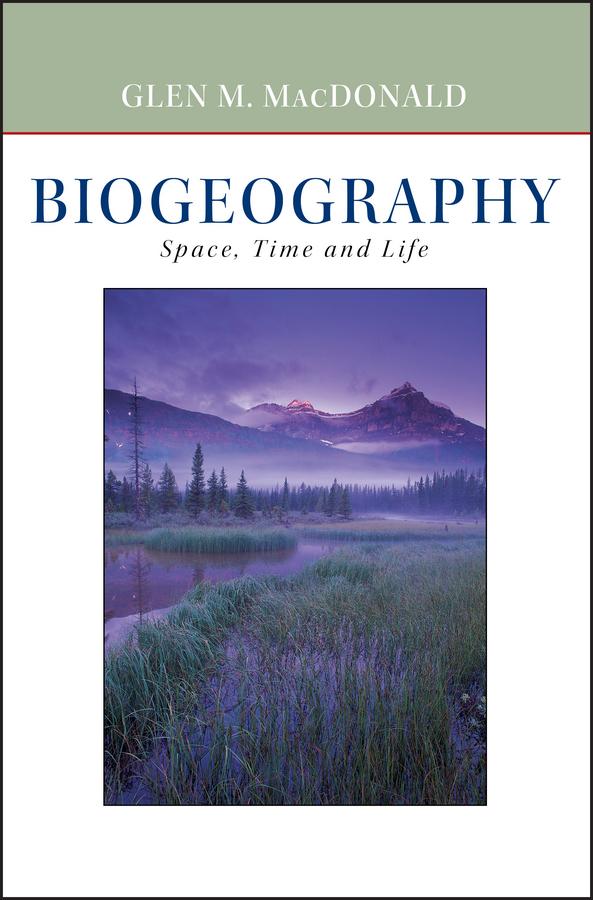
Zustellung: Fr, 01.08. - Do, 07.08.
Versand in 3-4 Wochen
VersandkostenfreiBestellen & in Filiale abholen:
Illustrative examples from recent research publications and "classic" studies are prominently featured throughout the book.
Research techniques are highlighted in "special interest" boxes. Illustrations and descriptions of research techniques are provided with examples such as fire-scars from trees used to reconstruct disturbance, fossil pollen used to reconstruct vegetation change and plant migration, transect and quadrate sampling.
Includes key biogeographical theories that link space and time to the distribution of life. Some of these theories include: 1. Ranges, Reflicts, Refuges, Corridors, Barriers, 2. Centers of Origins, 3. Cladistics, 4. Variance, 5. Island BioGeography, 6. Diversity Theory, 7. Gap Analysis for Conservation.
Research techniques are highlighted in "special interest" boxes. Illustrations and descriptions of research techniques are provided with examples such as fire-scars from trees used to reconstruct disturbance, fossil pollen used to reconstruct vegetation change and plant migration, transect and quadrate sampling.
Includes key biogeographical theories that link space and time to the distribution of life. Some of these theories include: 1. Ranges, Reflicts, Refuges, Corridors, Barriers, 2. Centers of Origins, 3. Cladistics, 4. Variance, 5. Island BioGeography, 6. Diversity Theory, 7. Gap Analysis for Conservation.
Inhaltsverzeichnis
Preface. 1. An Introduction.
2. Some Basics.
3. Physical Environment and the Distribution of Life.
4. Biological Interactions and the Distribution of Life.
5. Disturbance and Succession.
6. Communities, Formations and Biomes.
7. Changing Continents and Climates.
8. Dispersal, Colonization and Invasion.
9. Evolution, Speciation and Extinction.
10. Realms, Regions and Provinces: The Biogeographic Subdivisions of the Earth.
11. Evolution, Extinction and the Human Story.
12. Biogeography and Modern Biodiversity.
13. Biogeography Distributions and Reconstructing of the History of Life.
14. Biogeography and Conservation.
2. Some Basics.
3. Physical Environment and the Distribution of Life.
4. Biological Interactions and the Distribution of Life.
5. Disturbance and Succession.
6. Communities, Formations and Biomes.
7. Changing Continents and Climates.
8. Dispersal, Colonization and Invasion.
9. Evolution, Speciation and Extinction.
10. Realms, Regions and Provinces: The Biogeographic Subdivisions of the Earth.
11. Evolution, Extinction and the Human Story.
12. Biogeography and Modern Biodiversity.
13. Biogeography Distributions and Reconstructing of the History of Life.
14. Biogeography and Conservation.
Produktdetails
Erscheinungsdatum
28. Februar 2002
Sprache
englisch
Seitenanzahl
528
Autor/Autorin
Glen M MacDonald
Verlag/Hersteller
Produktart
gebunden
Gewicht
1007 g
Größe (L/B/H)
252/189/25 mm
ISBN
9780471241935
Pressestimmen
"...a comprehensive and informative text that condenses the diversity embraced by the discipline and aptly represents current biogeographical thinking..." ( Transactions of the IBG , Vol.29, 2004)
Bewertungen
0 Bewertungen
Es wurden noch keine Bewertungen abgegeben. Schreiben Sie die erste Bewertung zu "Biogeography" und helfen Sie damit anderen bei der Kaufentscheidung.








